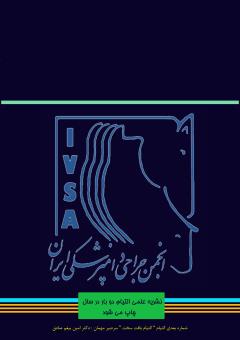-
-
List of Articles
-
Open Access Article
1 - Local anethetic techniques of distal limbs in cattle
mohammad ali sadeghi Samaneh Ghasemi -
Open Access Article
2 - Acquried tendon injuries in cattle
Zahra Sadat Yousef Sani Ahad Jafari Rahbar Alizadeh Samaneh Ghasemi -
Open Access Article
3 - Ligamentous injuries of the stifle joint in cattle
Zahra Sadat Yousef Sani Ahad Jafari Rahbar Alizadeh mohammad ali sadeghi -
Open Access Article
4 - Flexural and Angular deformity in the Calves
hamid reza moslemi navid Ehsan pour -
Open Access Article
5 - Septic arthritis in cattle and calf
Seyed Mousa Mousavi Samaneh Ghasemi -
Open Access Article
6 - Digit amputation in cattle
Sajjad Pishbin Farzad Hayati -
Open Access Article
7 - Management of fractures in cattle
Nasim Qaemifar Faezeh Alipour
-
The rights to this website are owned by the Raimag Press Management System.
Copyright © 2017-2025







